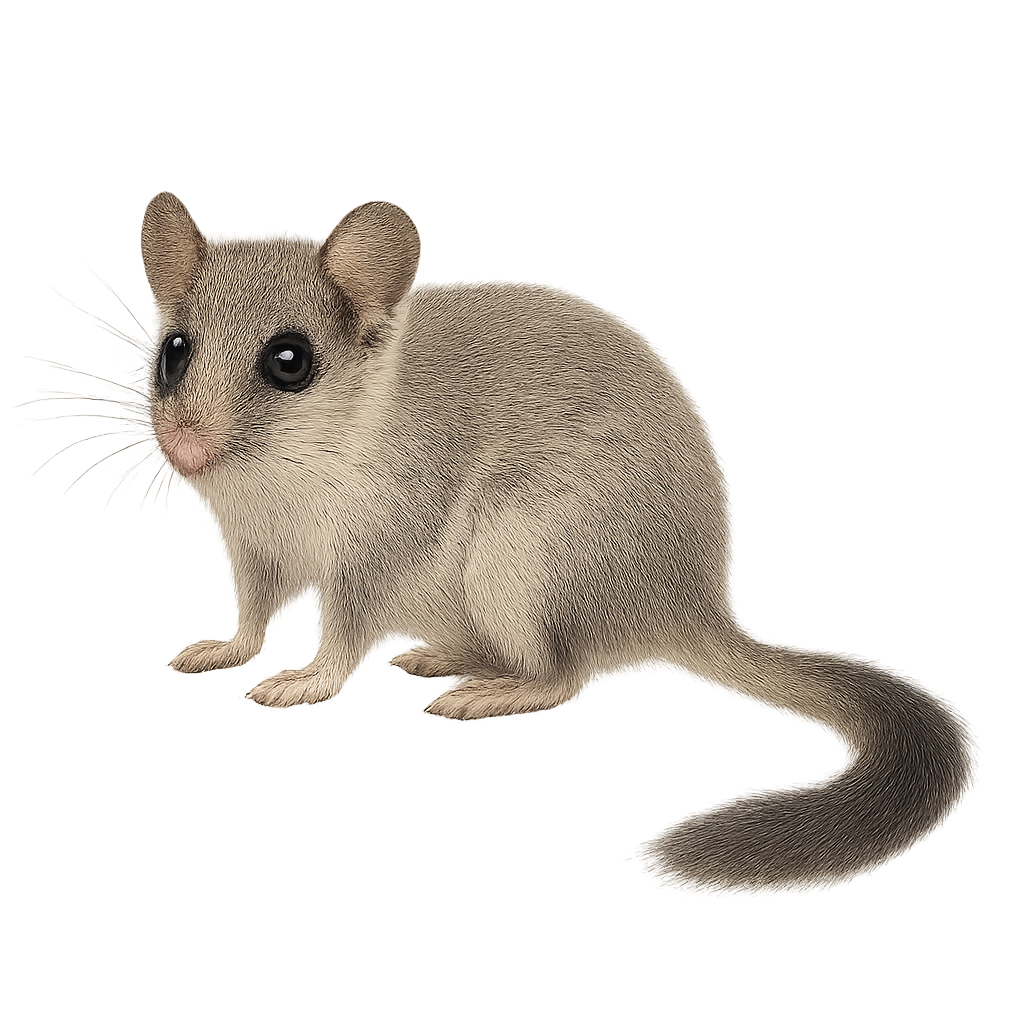Your wildlife photography guide.
Explore the eurasian forest dormouse in detail, study its behavior, prepare your shots.
Where to observe and photograph the eurasian forest dormouse in the wild
Learn where and when to spot the eurasian forest dormouse in the wild, how to identify the species based on distinctive features, and what natural environments it inhabits. The WildlifePhotographer app offers tailored photography tips that reflect the eurasian forest dormouse’s behavior, helping you capture better wildlife images. Explore the full species profile for key information including description, habitat, active periods, and approach techniques.
Eurasian Forest Dormouse
Scientific name: Dryomys nitedula

IUCN Status: Least Concern
Family: GLIRIDAE
Group: Mammals
Sensitivity to human approach: Suspicious
Minimum approach distance: 10 m
Rut period: May to July
Gestation: 28-31 jours
Births: June to August
Habitat:
Forests, woodlands, and hedgerows
Activity period :
Mainly active at night, generally discreet during the day.
Identification and description:
The Garden Dormouse is a small nocturnal rodent, often compared to a miniature squirrel, found primarily in Europe and Asia. It measures about 20 cm in length, with a tail of around 12 cm, and weighs between 100 and 150 g. Its coat is typically light gray or brown, with a dark line running from its eyes to its back and a lighter area on its belly. The Garden Dormouse is primarily nocturnal and arboreal, feeding on fruits, nuts, seeds, as well as small insects and larvae. It is an excellent climber and takes refuge in trees or crevices to sleep during the day. This rodent is a hibernator, retreating into its nest in the fall to survive the winter, which is essential for its survival in the cold. Although the Garden Dormouse is protected in some areas, it is threatened by deforestation and the reduction of its natural habitat.
Recommended lens:
400 mm – adjust based on distance, desired framing (portrait or habitat), and approach conditions.
Photography tips:
Use a telephoto lens to photograph from a distance, respecting the species' discreet nature.
Photograph early in the morning or late in the afternoon, when the soft light enhances the dormouse's fur, especially around its head and ears.
Look for it in wooded habitats such as forests, orchards, and abandoned buildings, where it often hides in natural or artificial nests.
Be patient and discreet to avoid disturbing its natural behavior. The dormouse is primarily nocturnal, so be especially quiet during evening or early morning shots.
The Edible Dormouse is listed as near threatened by the IUCN. While it is protected in some regions, it is essential to respect its environment and minimize disturbances, particularly during the breeding period.
The WildlifePhotographer App is coming soon!
Be the first to explore the best nature spots, track rutting seasons, log your observations, and observe more wildlife.
Already 1 430 wildlife lovers subscribed worldwide

